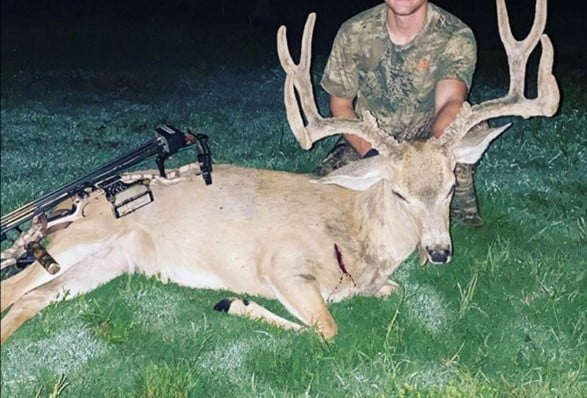
It’s been interesting to watch and learn about the movement of moose within North Dakota. In the not so distant past, moose were mostly found in the wooded Turtle Mountains or Pembina Gorge areas of north central and northeastern North Dakota.
In the last 12 years, moose numbers have declined in the Pembina Hills area. Aerial wildlife counts conducted by Game and Fish biologists note that about 250 moose were spotted in that region in 1995, but only two cow moose were observed in the survey areas flown in 2017.
Those statistics are just part of a recent story in the January 2018 issue of North Dakota Outdoors magazine, the state Game and Fish Department’s official publication.
The article goes on to note that moose numbers began to increase in the western part of the state in the mid-2000s. Lonetree Wildlife Management Area, along with the Anamoose, Williston and Kenmare areas, all have seen increases in moose populations since then, and the area with the highest moose density no longer is the Pembina Hills; it now is the Upper Missouri River area near Williston.
So why is the moose population seemingly moving west? Jason Smith, Game and Fish big game management biologist, said these 1,000-pound animals are being affected by a creature the size of a single hair.
“The primary reason for the decline in moose populations on the eastern side of the state is brain worm,” he said. “As you move west, the risk of transmission of brain worm drops off, and we’re seeing that same pattern in Canada.”
Brain worm is a parasite often found in white-tailed deer, and it’s spread through the deer’s feces.
In the article, James Maskey of the University of Mary in Bismarck said the worm larvae are picked up by snails or slugs, which then are accidentally eaten by ungulates such as deer as they graze.
In whitetails, Maskey said the worms migrate through the deer’s body to the spinal column and travel along the outside of the spinal cord to the surface of the brain, where they survive, reproduce and keep the cycle going. While the worms don’t pose significant health issues for whitetails, they may cause death in “accidental hosts” such as moose, elk and mule deer.
Maskey said in those animals, the worms burrow into the spinal cord, brain stem and the brain itself, instead of traveling along the surface. That can cause neurological problems that eventually lead to death.
The wetter climate in the eastern part of the state is necessary for survival of the slug and snail hosts, Maskey said. Farther west, the climate is a bit more arid, and the snails and slugs can’t survive. Because of this, the brain worms aren’t spread from one animal to the next.
No one really expected such a transition in North Dakota’s moose population, but it will be equally as interesting to see where they are — or aren’t — another 20 years from now.
Source: Absence Of Parasitic Brain Worm Is Main Factor In Western North Dakota Moose Increase
